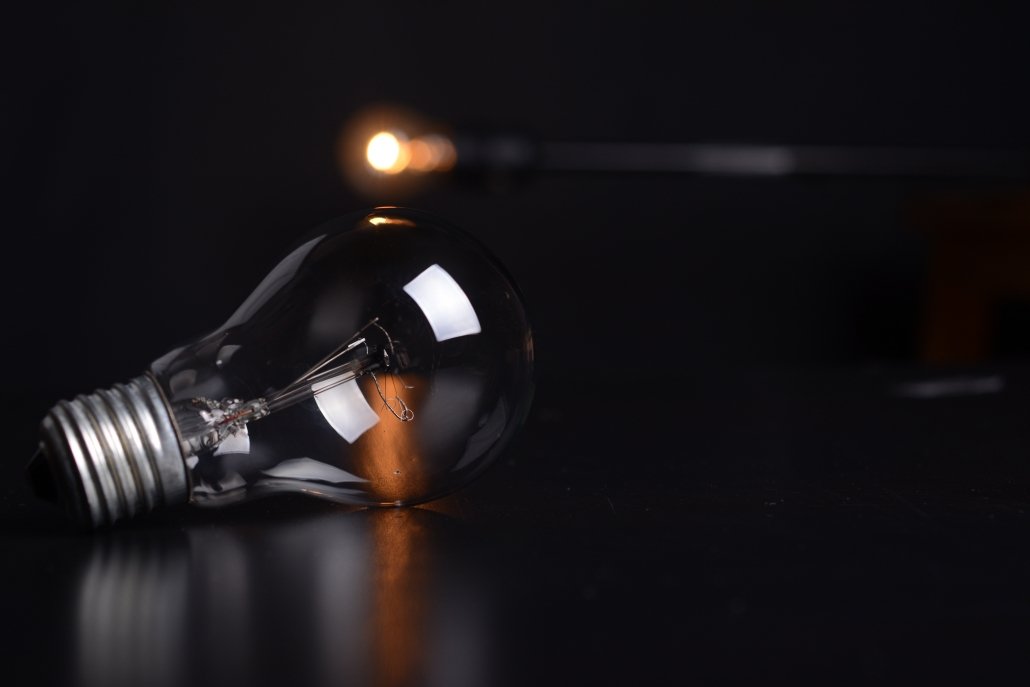Power outages can disrupt every part of your daily life. From lighting and refrigeration to heating, security, and medical equipment, many critical systems depend entirely on electricity. When a sudden outage occurs—especially due to storms, overloads, or equipment failure—it’s important to know what to expect and how to respond while waiting for emergency power to be restored.
While restoration work is underway, staying informed, calm, and aware of your surroundings can make a significant difference in how you experience the downtime. In many cases, professional electricians are working behind the scenes to isolate the issue and safely restore power as quickly as possible. Their priority is restoring safe, stable electricity while minimizing the risk of further damage.
Understanding what happens during an emergency power restoration event can help you better manage the situation and protect your home or business until the power is fully restored.
Know the Scope of the Outage
The first step during any power interruption is to determine whether the outage is isolated to your property or part of a larger area. If neighboring homes or buildings are also dark, the issue likely involves the utility provider or a localized grid failure. If your property alone is affected, there may be a fault with your circuit breaker, service panel, or internal wiring.
Identifying the source helps emergency crews focus their efforts and apply the proper solution. In either case, avoid tampering with electrical systems during an outage. Let licensed electricians handle diagnosis and restoration to ensure safety.
Restoration professionals will assess everything from service entrances to subpanels and breakers to locate the failure point.
Power Down Sensitive Equipment
When the power suddenly shuts off, appliances, electronics, and electrical systems can be vulnerable to surges once electricity is restored. Unplugging sensitive devices—such as computers, televisions, routers, and medical equipment—can help prevent damage when service returns.
High-voltage surges or fluctuating current levels often occur during the first few seconds of restoration. By disconnecting electronics in advance, you avoid the risk of fried circuits, tripped breakers, or shorted systems that may require expensive repairs.
Electricians working on restoration will also check voltage consistency before full power is restored across your property.
Avoid Flooded or Damaged Areas
If your outage was caused by a storm, downed line, or internal fault, there may be physical hazards nearby. Stay away from areas with exposed wiring, standing water, or visible damage to outlets, panels, or service lines. These conditions can pose serious electrical shock risks or lead to fire hazards once power is restored.
Professionals prioritize assessing damaged zones for electrical safety before reactivating circuits. If you’ve experienced water intrusion or structural compromise, make sure emergency personnel are aware before restoration efforts begin.
Waiting until electricians confirm safe conditions will help prevent accidents or further property damage.
Understand Generator Use and Transfer Switches
Some homes and businesses are equipped with standby generators or portable units designed for backup power. If your property has a generator, it’s critical to know whether it’s connected via a manual or automatic transfer switch. Improper generator use can endanger utility workers, overload circuits, or cause feedback to the grid.
A licensed electrician will assess the safety and capacity of any generator used during the outage. They will also verify that your transfer switch is properly isolating the backup power system from the main grid before reconnecting service.
Understanding how these systems interact can prevent serious issues during emergency restoration events.
Communication with Restoration Crews
During a widespread outage, restoration crews work in stages—first addressing hazards, then restoring priority circuits (such as hospitals and critical infrastructure), and finally moving through residential and commercial properties. Communication from your electrician or provider will help you understand estimated timelines and potential safety concerns.
Professional crews will keep you updated on any steps that require homeowner or occupant involvement, such as testing appliances or accessing breaker panels. Always follow their guidance and avoid interfering with equipment while work is in progress.
Having clear communication with restoration professionals ensures safe and efficient results.
Temporary Power and Partial Restoration
In some emergency situations, only partial power may be restored while permanent repairs continue. For example, electricity may return to essential systems like lighting and HVAC, while heavier loads such as electric water heaters or major appliances are temporarily disconnected.
This step-by-step restoration prevents further faults and allows electricians to monitor the system under load. In the case of structural issues or damaged wiring, only specific parts of the building may be reconnected initially.
Electricians will advise you on what systems are safe to use and what still requires repair or inspection.
Reliable Support from Emergency Professionals
The most important element during any restoration is having a skilled, licensed team on your side. Emergency electricians understand how to evaluate outages, isolate dangerous conditions, and restore power efficiently without compromising safety.
Trusting a team like integrity electric ensures that restoration is done right the first time. They bring the tools, training, and real-world experience needed to manage emergencies in homes, businesses, and industrial settings alike.
Their support minimizes downtime, protects your electrical infrastructure, and ensures full code compliance at every stage of the process.
Conclusion
An emergency power restoration requires more than simply flipping a breaker. Whether due to a natural event or internal malfunction, restoring safe and reliable electricity involves professional expertise, safety checks, and sometimes temporary adjustments before full service can resume. Understanding what happens during these events can help you stay safe, protect your property, and communicate effectively with restoration crews.
With the right team in place, the process becomes manageable—even in high-stress situations. Electrical safety and reliability depend on quick response, thorough assessment, and licensed expertise every step of the way.
